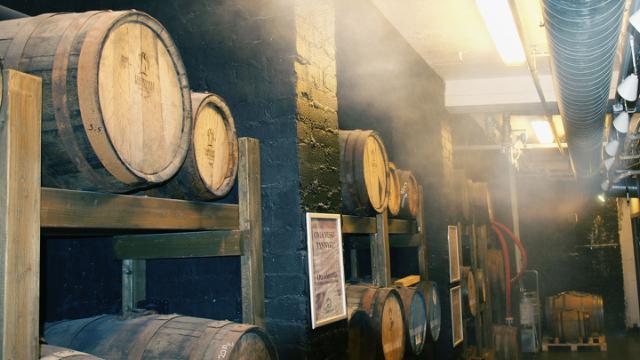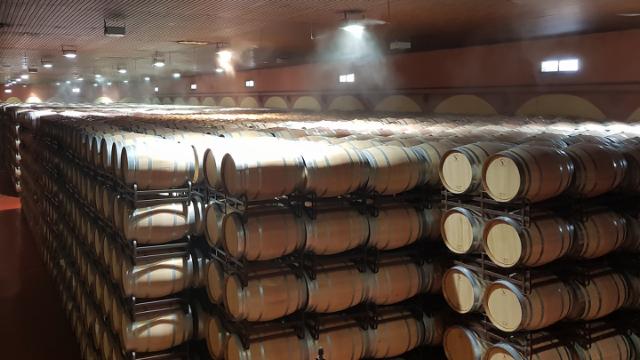
Quality and quantity: How consistent food production is linked to air humidity
From grocery departments in supermarkets to large-scale production of food and beverages, air humidifiers are essential in maintaining consistent quality and quantity of the end product.
By controlling air humidity in production, ripening, transport and storage, problems related to desiccation, loss of net weight and poor product quality can be mitigated. Here's how:
Why relative humidity matters in food production
Maintaining the correct relative air humidity level in a storage or drying facility for food items is critical. Most food items are hygroscopic – that is, their water content is dependent on the relative humidity in their surroundings. They will release water content to the surroundings, if the relative air humidity is too low.
Some food products need ripening at a specific rate and will spoil easily if humidity fluctuates too much. Other food stuffs such as meat, cheese etc. must be kept at a very precise humidity level at all times - or the net weight and value of the end product will decrease.
Control of relative air humidity is therefore critical in food production.
Low relative air humidity can cause products to release humidity to the surrounding environment, which makes them lose net weight and – with it – sales value.
A product that has undergone desiccation may easily become destroyed and must be discarded, resulting in a financial loss for the producer.


Different food items have different ideal relative humidity levels:
The ideal relative air humidity (RH) varies from season to season and from one food type to the next:
| Sugar storage | 20 – 35% RH |
| Meat processing |
45 – 60% RH (at 10 – 12° C) |
| Cheese processing | 75 – 95% RH |
| Meat storage | 85 – 95% RH |
| Fruit and vegetables | 50 – 100% RH depending on season and variety |
Source: Engineeringtoolbox.com
How an air humidifying system helps in food and beverage production
Airtec® carries out site assessments in food production facilities with the purpose of providing the best recommendations for an improved production environment.
In close collaboration with the customer, our project engineers will examine the humidity requirements for the products and the characteristics of the facility itself : Production layout, seasonal variations, ventilation systems, processes that generate excess heat and many other parameters.
Based on this, we provide you with a detailed recommendation on how to optimize your production and storage.
You can read more about our site assessment method here >>
At Airtec®, our project engineers have decades of experience in designing the right air humidity control solution for all kinds of food and beverage production.
Contact us today and find out more

Cutting down the angels' share
The Angel's Share is the common term used for the evaporation of wine and spirits during storage and maturation. However, it's a loss that the winemaker would like to prevent, if possible.
In wine storage facilities where wood barrels are used, evaporation can be controlled with the right humidity level in the storage area. This prevents the barrels from contracting and expanding and reduces the potential gaps that evaporation can pass through. In long-time storage of bottled products, the right air humidity can prevent corks from drying out, spoiling the wine, and will also keep labels and boxes intact.
A recent study has shown that as much as 2% of all whisky produced in Scotland disappears as the angels' share - the equivalent of 440,000 barrels of whisky. Even a small reduction of this amount can have enormous financial impact - and maintaining a higher air humidity level by the application of an air humidifying system is the simple answer.



Malting plants and air humidifiers
Malting, i.e. the germination of barley which produces sugars, takes place on malting floors where the barley is watered and left to sprout. Dry spots must be avoided in order for the barley kernels to germinate properly and evenly and to avoid product loss.
Airtec® has installed several humidification systems in malting houses, significantly improving production consistency and reducing product loss.